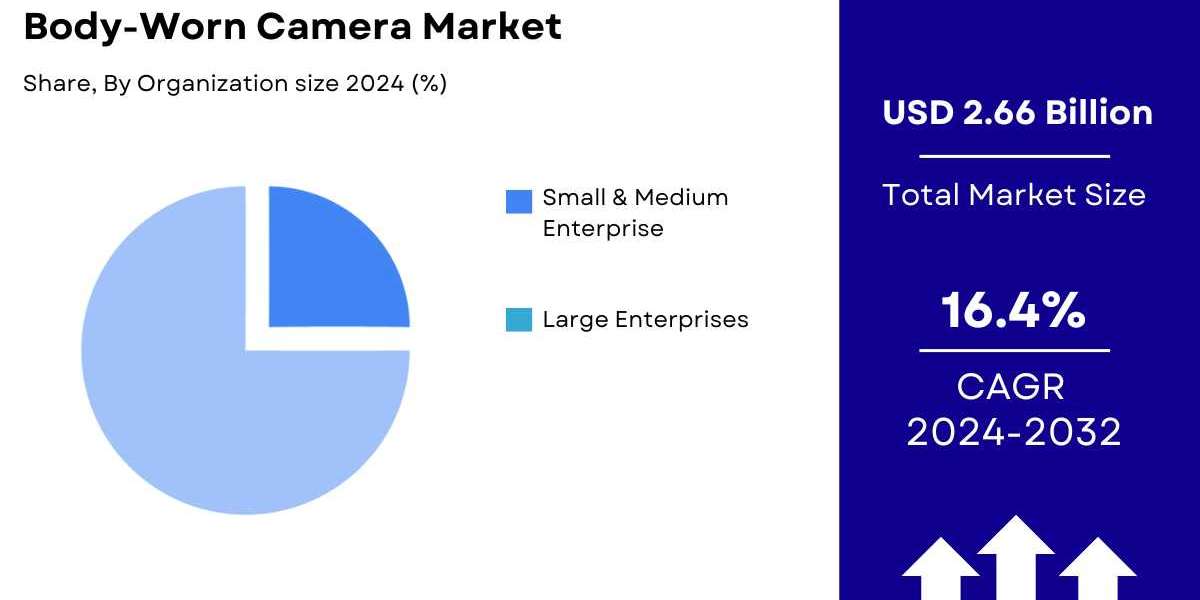One of the most promising innovations in this space is Decentralized Physical Infrastructure Networks (DePINs). These networks leverage blockchain to build, maintain, and manage real-world infrastructure, reducing reliance on centralized entities and fostering greater efficiency, security, and community participation.
In this article, we will explore the DePIN meaning, how DePINs operate, and why they are becoming a crucial part of the Web3 ecosystem.
What Are DePINs?
Decentralized Physical Infrastructure Networks (DePINs) are blockchain-powered systems that facilitate the decentralized management of physical infrastructure. This can include networks for telecommunications, energy, transportation, supply chains, and cloud computing, among others.
At its core, DePINs enable individuals and businesses to contribute resources—such as computing power, storage, bandwidth, or energy—while being rewarded with tokens for their participation. By eliminating middlemen, DePINs promote efficiency, lower costs, and ensure transparency.
DePIN Meaning in Web3
The DePIN meaning extends beyond mere infrastructure decentralization. It signifies a shift toward community-driven development, where participants directly own and control critical systems instead of relying on corporations or governments. This shift aligns with the broader Web3 vision of an open, permissionless, and user-centric internet.
How Blockchain Powers DePINs
Blockchain plays a fundamental role in DePINs by providing transparency, security, and trustless coordination. Here’s how:
1. Token Incentives Governance
- DePINs utilize blockchain-based tokens to reward contributors who provide infrastructure resources.
- Token holders often participate in governance decisions, ensuring a fair and democratic system.
2. Smart Contracts Automation
- Smart contracts automate infrastructure processes, such as payments, service agreements, and data validation.
- This reduces the need for intermediaries, lowering operational costs.
3. Decentralized Storage Computing
- DePINs enable distributed cloud storage (e.g., Filecoin) and decentralized computing networks.
- This ensures data integrity and security, avoiding single points of failure.
4. Trustless Transactions
- Blockchain ensures verifiable and immutable records of all transactions within the DePIN ecosystem.
- This enhances transparency and prevents fraud.
Real-World Use Cases of DePINs
Several projects are leading the charge in developing Decentralized Physical Infrastructure Networks:
1. Helium (HNT) – Decentralized Wireless Network
Helium enables individuals to set up decentralized wireless hotspots, providing low-cost connectivity and earning rewards in HNT tokens.
2. Filecoin (FIL) Arweave (AR) – Decentralized Storage
These networks offer blockchain-based cloud storage solutions, allowing users to store and retrieve data securely.
3. Energy Web (EWT) – Decentralized Energy Management
Energy Web enables peer-to-peer energy trading and grid management using blockchain technology.
4. Render Network (RNDR) – Decentralized GPU Rendering
Render Network leverages blockchain to provide distributed GPU rendering for CGI and video production.
The Future of DePINs in Web3
The rise of DePINs marks a significant step in the evolution of Web3. As blockchain adoption grows, we can expect more decentralized infrastructure projects to emerge, covering industries such as IoT, smart cities, and autonomous transportation.
Challenges to Address
Despite their potential, DePINs face challenges such as regulatory uncertainty, adoption barriers, and the need for robust security measures. However, with continued innovation and investment, these issues can be mitigated, paving the way for a more decentralized and efficient world.
Conclusion
DePINs are revolutionizing real-world infrastructure by integrating blockchain technology to create transparent, efficient, and community-driven networks. Understanding the DePIN meaning and its implications for Web3 can help investors, developers, and policymakers navigate this emerging sector. As these networks continue to grow, they have the potential to reshape industries and redefine how we interact with the physical world.
By leveraging decentralized technologies, DePINs empower individuals, reduce costs, and enhance global connectivity—bringing us closer to a truly decentralized future.








